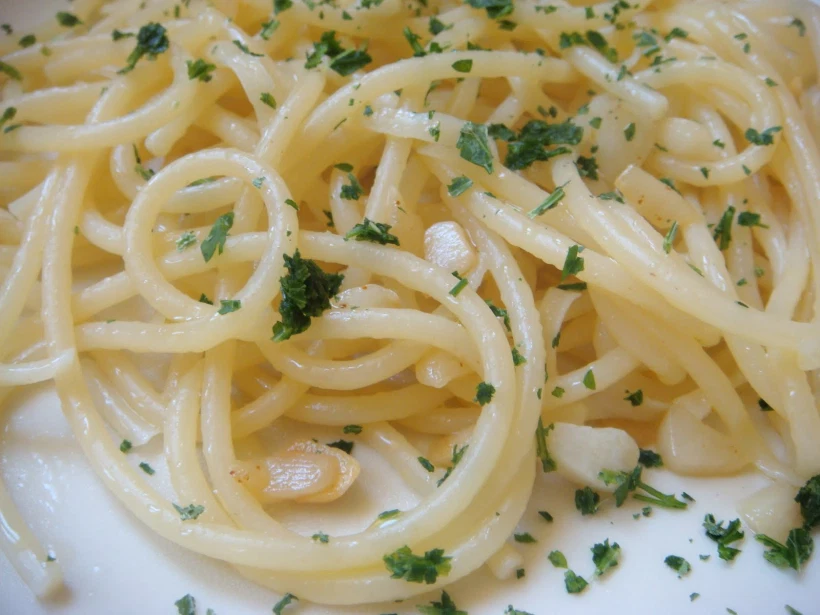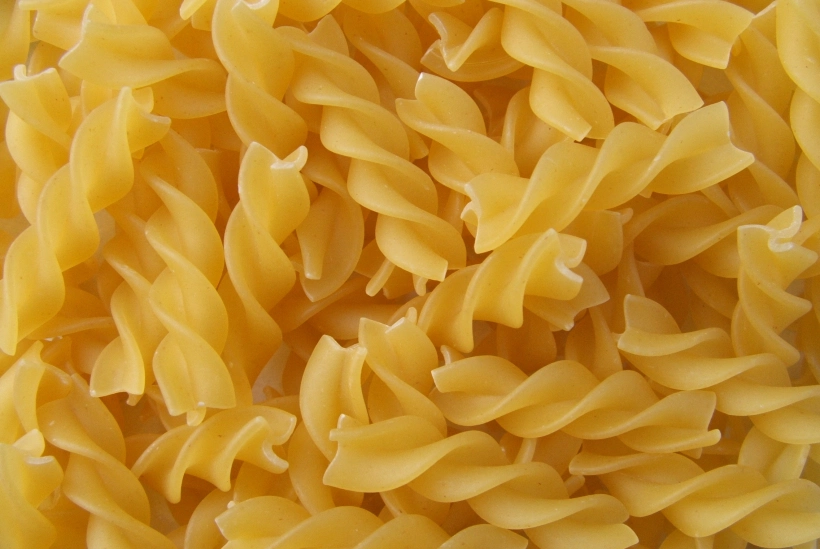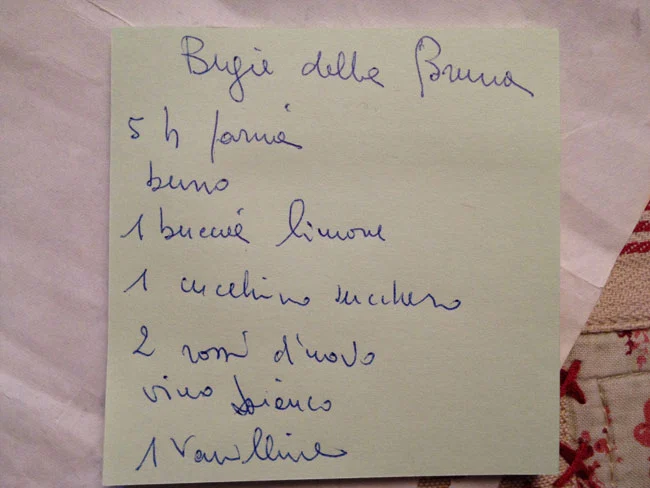Category: Cooking
Cooking tips for dummies, especially for students(sofar)
COOKING TIPS: PASTA
- don’t put pasta in the water before it boils
- as the water boils, before putting pasta, add a spoon if salt
- don’t let the pasta in the water for more than 8-10 mins, and always check the time written in the box. When you taste it, it doesn’t have to be soft, and you need to feel its consistence under your teeth
- when pasta is readu, drain it well
- never add any ketchup or mayo to the pasta, please
- for the sauce, remember that simplicity is the best ingredient. If you don’t have anything at home, a spoon of oil, parmesan cheese and lemon or pepper is enough
COOKING TIPS FOR DUMMIES
Maybe because they are busy and prefer to spend their spare time out with friends, maybe because they are too lazy to stay in the kitchen when the supermarket offers delicious ready-made dishes or because the kitchen is small and uncomfortable, students usually are very bad at cooking.
DOLCE CARNEVALE CON LE BUGIE DELLA NONNA
Nel pieno della festa più allegra dell’anno, tanto amata dai bambini e da tutti quelli che vanno ghiotti per i dolci, tra maschere e coriandoli, è impossibile resistere alla vista di zucchero a velo e frittelle d’ogni forma e dimensione, che fanno capolino dalle vetrine delle migliori pasticcerie.
Conosciuto soprattutto per le maschere, le stelle filanti e le parate di ogni tipo che si svolgono ogni anno in tante città, il Carnevale è una celebrazione cristiana, occasione per rimpinguarsi in compagnia prima della Quaresima, periodo d’astinenza e preghiera. La festa ha, però, origini in festività più antiche di epoca romana e greca, che esprimevano il bisogno di divertimento, scherzo e dissolutezza, comune a tutti.
Che decidiate di sfilare tra le raffinate maschere in giro per i canali di Venezia o tra i coloratissimi carri di cartapesta aViareggio, in Brasile o in Europa, tra le vie del vostro paese o in qualche festa privata, non potete fare a meno di mangiare qualche dolcetto unto e zuccheroso.
Girando per le città italiane o semplicemente parlando con qualche amico, ci si accorge che i dolci carnevaleschicambiano di luogo in luogo. Frittelle di mele o di pastella, con marmellata o senza, coperte di zuccherini colorati o di cioccolato, c’è l’imbarazzo della scelta.
I più diffusi, e anche i più sfiziosi, sono le chiacchiere, striscioline croccanti, fritte o al forno, coperte di zucchero a velo. Semplici da fare, mettono allegria solo a vederle.
In Toscana li chiamano cenci, in Liguria e Piemonte bugie, in Friuli grostoli, crostoli in Trentino, galani in Veneto,sfrappole in Emilia, frappe nelle Marche e chiacchiere a Napoli. Ma anche lattughe, rosoni, lasagne, pampuglie…
Qual è la ricetta migliore? In linea di massima, l’ingrediente che cambia tra le varie ricette regionali, è marsala, vino bianco, acquavite o liquore all’anice.
Ecco come faceva le bugie la mia bisnonna genovese:
Leggi tutto l’articolo e la ricetta su Latitudeslife.com
Testo di Giorgia Boitano





